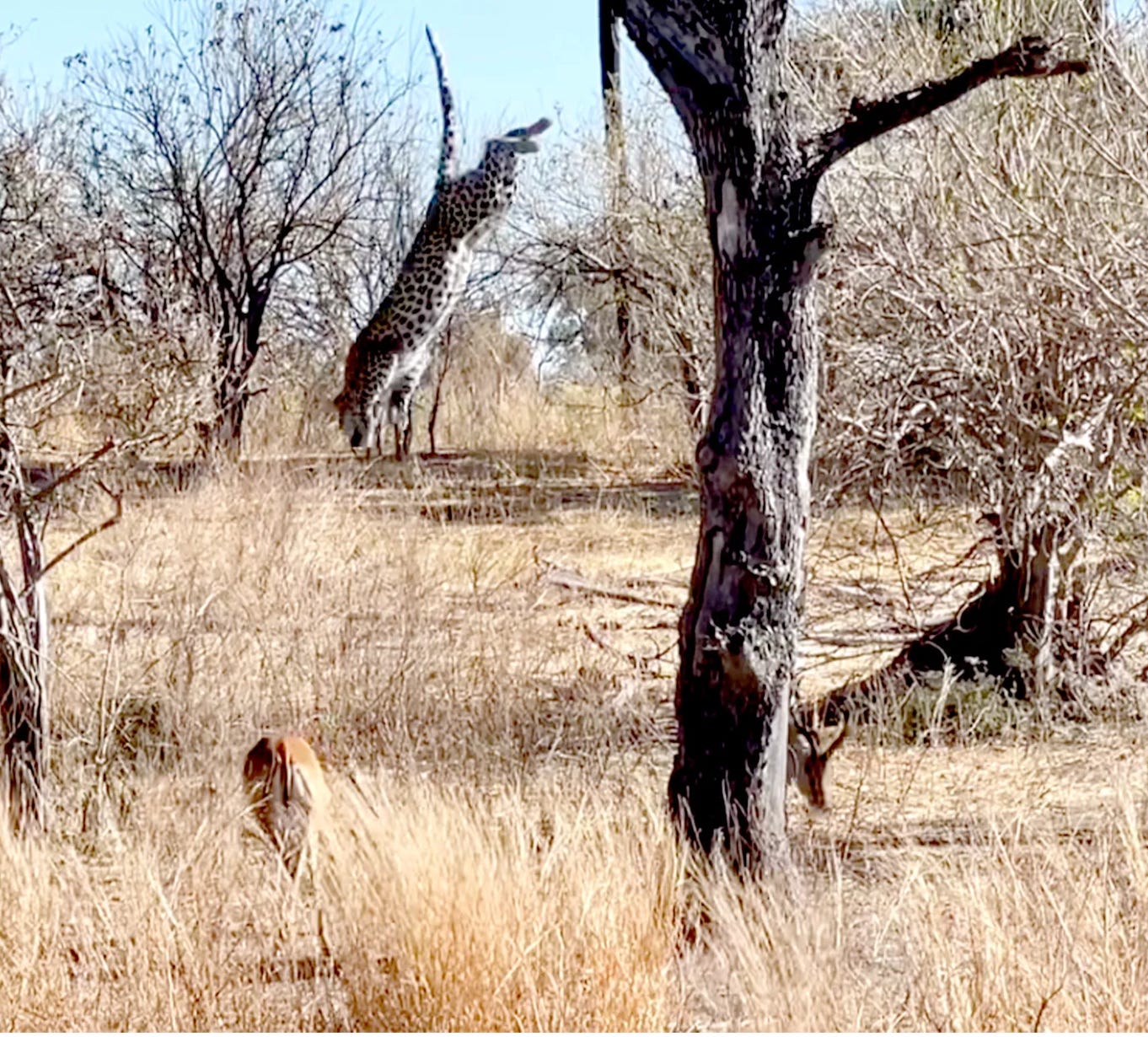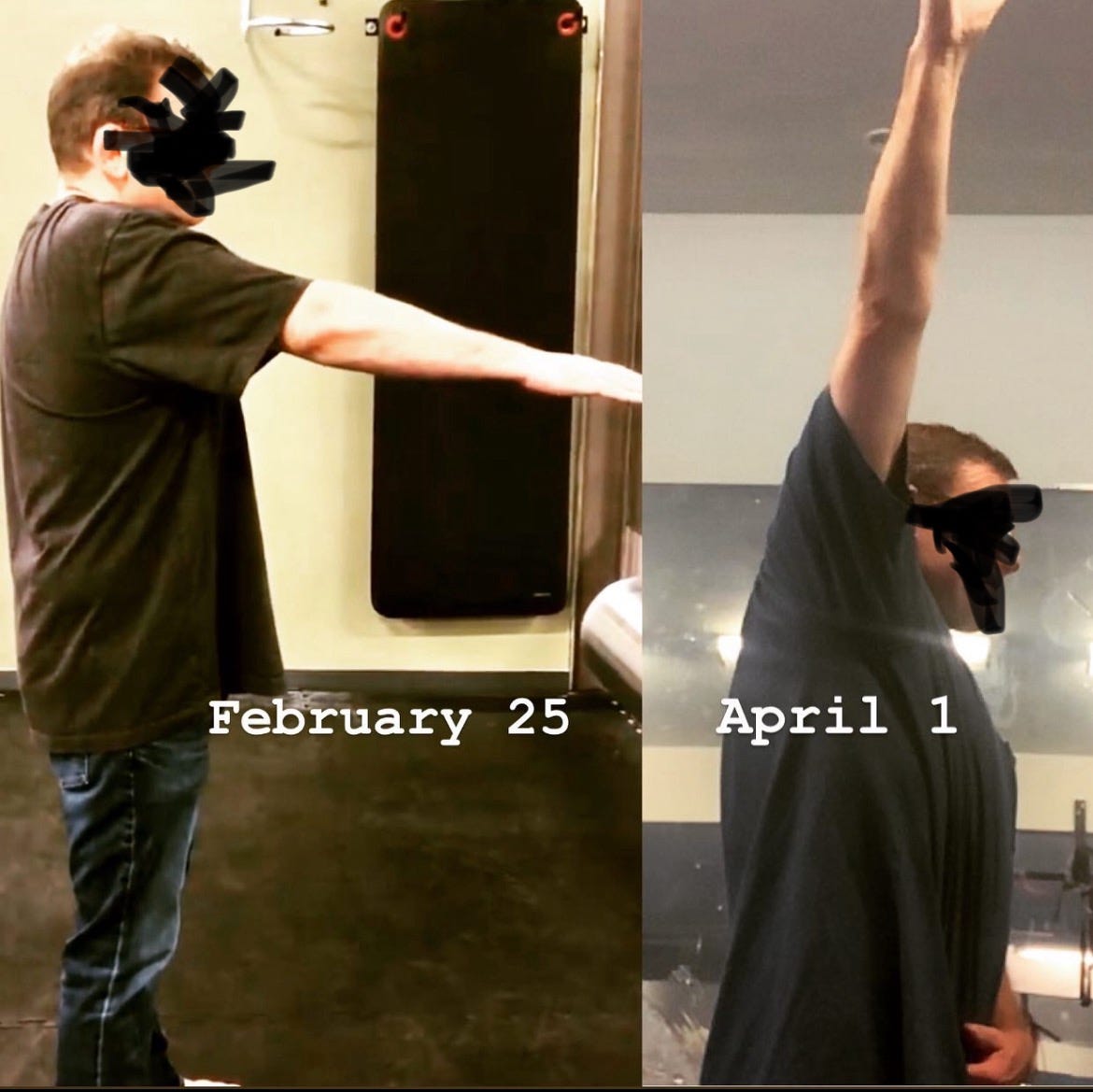Biological Adaptation: A different ecological perspective to help apply concepts appropriately in the appropriate context.

"In biology, adaptation is considered one of the main features of living species. Adaptation means the adjustment of an organism to its environment. If the environment changes, the organism changes to better survive in the new conditions."

Consider the big cats in Africa, as they are a simple testament to the intensity of environmental pressures. The fierce competition among cheetahs, lions, and leopards has driven each species to adapt and develop unique traits for survival. Over time, cheetahs have honed their speed, lions have leveraged their strength and numbers in the pride, and leopards have learned to use trees to their advantage by treeing their kills and, more recently, have begun actual hunting from above.
Similarly, if we, as manual therapists or strength practitioners, wish to change biological elements, the likes of joint and capsular workspace, connective tissue architecture, connective tissues’ ability to bear load, and muscle fibers, the environmental pressures must be stimulating in nature to drive adaptations. We must create immense pressure to drive that system towards new traits and behaviors.
Understand that the immense pressure of the competitive environment was the driver for the big cats having to adjust and adapt, just as training inputs are. Stress creates change. In our case, training work creates favorable adaptations.

In the internal environment, at the joint and connective tissue level, stress is not competition for a food or energy source per se. Rather, stress is mechanical loading and the exchange of energy to drive specific changes and adaptations.
Thankfully, adaptations and changes at the joint level can occur on a much shorter time scale compared to the millennia it took the African cats to carve out their niches.
For example, through treatment and training stressors (training work) targeted at the joint space and connective tissue architecture and behavioral traits, we were able to improve my client’s shoulder joint and its ability to move through space, improve architecture, and overall joint functionality.
This stress pushed the system, ie, the shoulder joint, from its initial conditions in February towards our goal of improved joint function. Our end goal would be comparable to the goal of survival in the animal kingdom—adapt or die.
Natural ecosystems can teach us a great deal, whether in a clinical setting or otherwise. We just have to know where to look and how to ask. Adaptation through environmental pressures is just one example of this. As practitioners, we can constrain our own and our client’s internal environments and create pressure via mechanical forces to drive favorable adaptations. These adaptations will improve overall health, longevity, and “survival” in our external environments.
Citation
Zatsiorsky, Vladimir. Science and Practice of Strength Training. 2022.
Sign up and get a FREE video workout!
Plus get our free monthly video blog on accessing what you love most - your body and optimizing your joint health!


